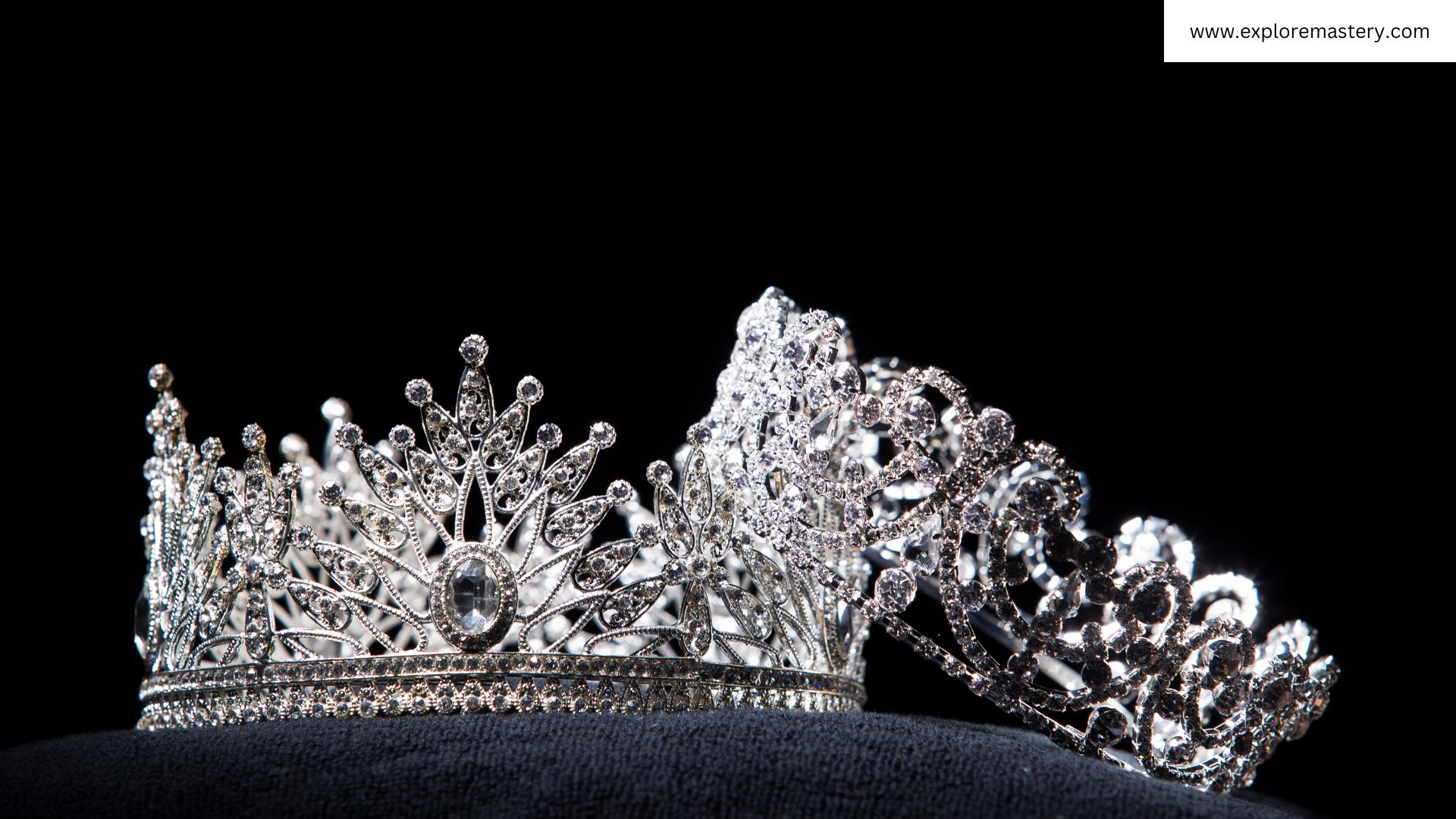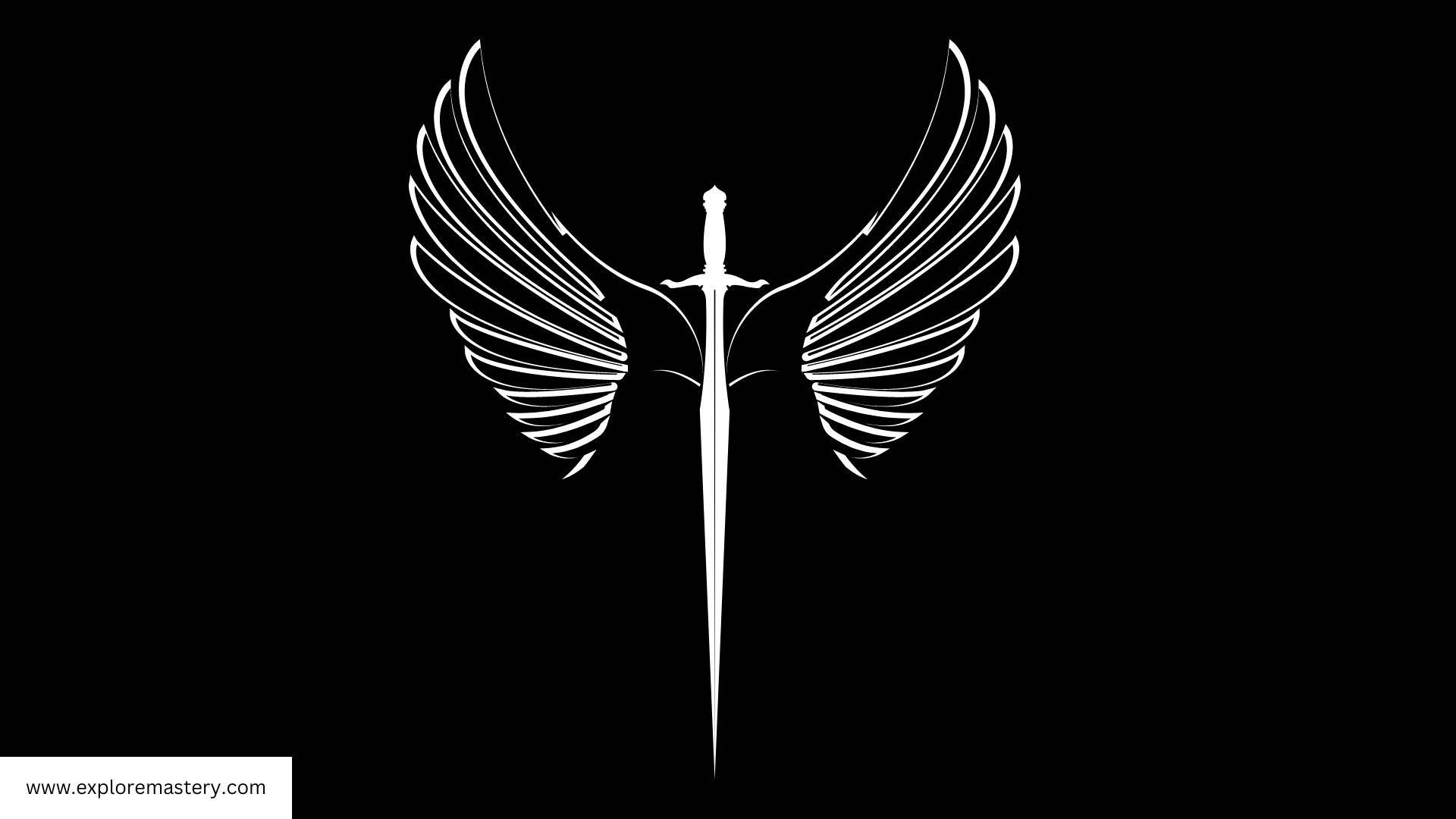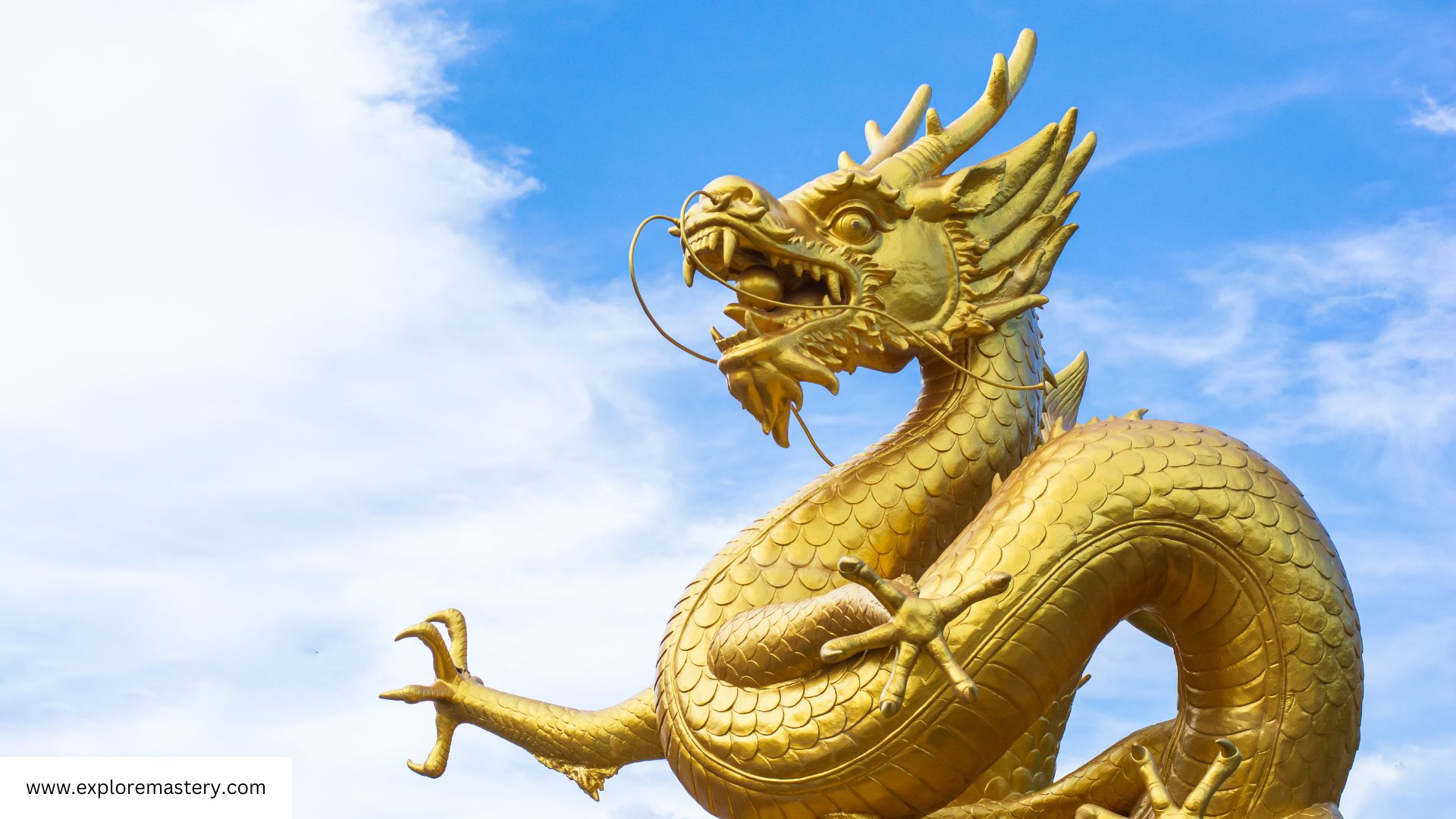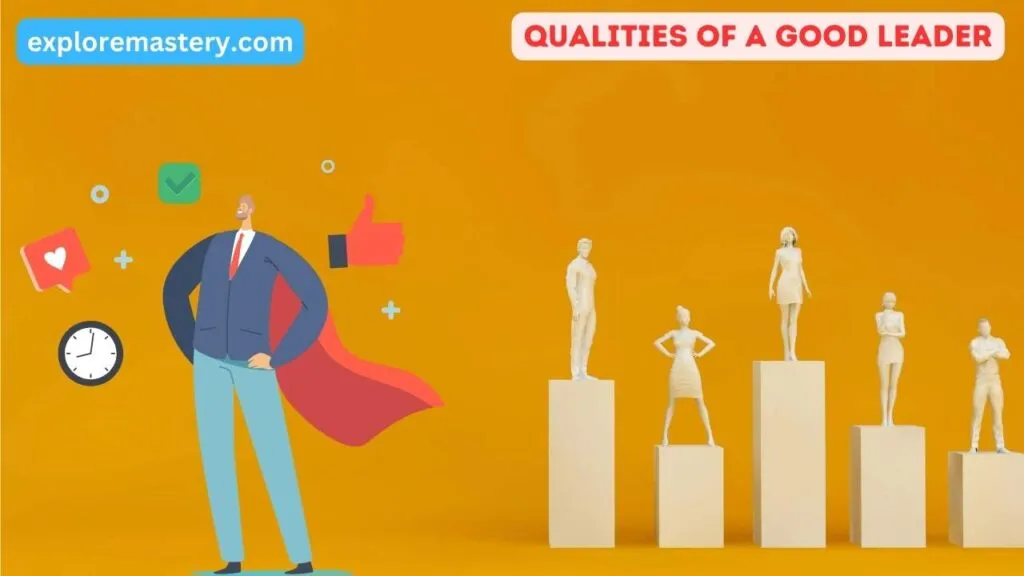Leadership symbols are representations of power and leadership that predate language and are encoded in our psyche. They can be anything from a simple flag to a complex coat of arms, and they serve to communicate the authority and status of the leader. Different symbols represent different types of leadership. From their emergence on medieval battlefields to their evolution into a symbolic tool for expressing identity, the visual elements of coats of arms maintain a remarkable hold on our imaginations. This influence is more than just historical curiosity; it speaks to a profound understanding of the coat of arms meaning, resonating with universal yearnings: a strong sense of identity, a connection to ancestral lineage, or visual recognition of valued traits.
Table of contents
- The Quirky World of Leadership Symbols
- Royal Bling: Crowns, Scepters, and Orbs
- Military Might: Shields, Swords, and Eagles
- Mythical Creatures and Their Legendary Leadership
- From Battlefield to Boardroom: Modern Uses of Coats of Arms
- DIY Your Own Leadership Coat of Arms
- Pop Culture and Coats of Arms: A Match Made in Heaven
- Conclusion
- Frequently Asked Questions
The Quirky World of Leadership Symbols

Leadership is more than just a title or a position. It’s a mindset, a way of thinking and acting that sets you apart from the rest. And, as with anything worth having, it comes with its own unique symbolic representation.
From Lions to Unicorns: What’s on Your Shield?
When it comes to leadership symbols, the animal kingdom reigns supreme. From the majestic lion to the mystical unicorn, these creatures aren’t just for fairy tales. They represent qualities like courage, purity, and strength. Imagine walking into a boardroom with a unicorn on your business card—talk about making an impression!
The Hidden Meanings Behind Common Symbols
Ever wondered why a handshake symbolizes trust and respect in leadership? Or why an eagle is often seen as a symbol of dominion? These symbols have hidden meanings that go beyond their surface appearance. For instance, a handshake is more than just a greeting; it’s a sign of mutual respect and agreement, crucial for effective leadership.
Why a Coat of Arms is Like a Medieval Emoji
Think of a coat of arms as the medieval equivalent of an emoji. Just as emojis convey emotions and ideas in a tiny image, a coat of arms packs a lot of meaning into a small space. Whether it’s a shield adorned with a lion or a banner featuring a dragon, these symbols tell a story about the person or family they represent.
Leadership symbols and interpersonal skills are crucial for effective leadership. Collaboration, communication, and motivation are key aspects.
So, the next time you see a coat of arms, remember: it’s not just a fancy design; it’s a powerful symbol of authority and influence.
Royal Bling: Crowns, Scepters, and Orbs

The Crown Jewels: Symbols of Ultimate Authority
When it comes to headwear, nothing screams authority quite like a crown. Crowns visually communicate the idea that the wearer stands above all others in the social hierarchy. The crown bears the weight of centuries of meaning, conveying the wearer’s power immediately to all who see it. Even in modern times when monarchs have less direct power, crowns maintain their symbolic associations with legitimacy, status, and sovereignty.
Scepters and Orbs: More Than Just Fancy Accessories
The coronation ceremony itself is often highly symbolic, with the new ruler being anointed with holy oil and given the Sword of State as well as the Scepter and Orb, which are also powerful symbols of royalty. The scepter represents the monarch’s governing power, while the orb signifies the world under the monarch’s dominion. These items are not just fancy accessories; they are potent symbols of authority and control.
Royal Emblems: The Family Crests of Kings and Queens
Beyond crowns and scepters, royal emblems like family crests also play a significant role in heraldic display. These emblems often include a variety of symbols, from lions to unicorns, each with its own hidden meanings. The design elements in these crests clearly define position in the social hierarchy and often include helmets and mantling to complement the dominant hues within the design.
The crown is more than just a piece of jewelry – it is a visible manifestation of sovereignty and authority.
Military Might: Shields, Swords, and Eagles

Shields Up! The Armor of Leadership
Shields stand for protection, resilience, and the safeguarding of values. They underscore a commitment to defense and the preservation of peace and security. In the context of military insignia, shields often bear other symbols or coats of arms, further enriching the narrative of heritage and duty. The Romans in their most famous epochs fought mostly with javelins and swords, in an intensely pulsed, “hit and run” style of combat; periods of skirmishing were common.
Swords and Spears: Tools of Power and Protection
Swords embody the spirit of valor and the readiness to engage in combat. In military insignia, they often signify a willingness to defend principles and take decisive action when necessary. Swords can also represent the cutting edge of technology and innovation, highlighting a unit’s advancement and tactical superiority. A sword at a leader’s side shows their martial authority.
Eagles: The Sky-High Symbols of Dominion
Eagles are a potent symbol of freedom, sovereignty, and high aspirations. Their use in insignia signifies a unit’s broad perspective and commitment to overarching ideals and responsibilities. The eagle’s powerful flight and keen vision represent the pursuit of excellence and the importance of strategic foresight in military operations. The wings signify protection, and the gripping talons symbolize ruin to evildoers. The eagle is held to represent a noble nature from its strength and keen vision.
Mythical Creatures and Their Legendary Leadership
Dragons, Griffins, and Other Beasts

Dragons, griffins, and unicorns, oh my! These mythical creatures have long been symbols of power and authority. Dragons are often seen as defenders of treasures and forces of wisdom and protection. Griffins, with their lion and eagle attributes, represent a fierce combination of courage and foresight. And let’s not forget the unicorn, a symbol of purity, strength, and healing grace.
The Symbolic Power of Mythical Creatures
Kings and emperors would align themselves with these powerful figures, hoping to amplify their own prestige and authority. By adopting mythological symbols, rulers attempted to bask in their aura of dominance and sway over mortals. Even today, the symbolic potency of mythic figures persists in the public imagination.
How Fantasy Influences Real-World Leadership Symbols
From the battlefield to the boardroom, mythical creatures continue to inspire modern leadership symbols. The phoenix, for example, is revered as a symbol of immortality and resilience. When faced with adversity, leaders often look to the phoenix for strength, reminding us that even in the darkest times, there is always hope for a new beginning.
The mythological creature serves as a reminder that even in the darkest of times, there is always hope for a new beginning.
From Battlefield to Boardroom: Modern Uses of Coats of Arms
Corporate Logos with a Heraldic Twist
In today’s corporate jungle, some companies have embraced the heraldic blazon to add a touch of medieval flair to their branding. Think of it as a way to show off their courage and strength without actually having to joust anyone. Modern logos often incorporate elements like shields, lions, and eagles to convey authority and tradition. It’s like saying, “We mean business, and we have the coat of arms to prove it!”
Family Crests in the Age of LinkedIn
Believe it or not, some families still proudly display their ancient crests, even on LinkedIn profiles! These symbols of identity and heritage have evolved from battlefield valor to social media bragging rights. Whether it’s a lion representing courage or an eagle symbolizing high aspirations, these crests are a nod to a family’s storied past.
How Governments Use Heraldry Today
Governments around the world continue to use coats of arms to symbolize their history, culture, and governing values. From city seals to national emblems, these symbols offer insight into the founding principles and significant events in the history of these entities. It’s like a medieval emoji that says, “This is who we are and what we stand for.”
DIY Your Own Leadership Coat of Arms
If you’re drawn to the symbolism and tradition, one can create a personal coat of arms for fun or ceremonial purposes. Here are helpful tools and some points to consider:
- Research: Understand the basics of heraldic conventions, ensuring a visually compliant design. Online resources provide guides to symbols and tincture use.
- Symbolism over Complexity: Pick elements with personal meaning – a symbol reflecting your profession, ancestral roots, or values. Consider how your choices interact with and define one another.
- Legitimacy vs. Creative Designs: Remember, historically, true coats of arms were issued by heraldic authorities and carried
Pop Culture and Coats of Arms: A Match Made in Heaven
Game of Thrones and Its Heraldic Inspirations
If you’ve ever watched Game of Thrones, you know that the show is a treasure trove of heraldic symbols. From the direwolf of House Stark to the lion of House Lannister, these emblems are more than just cool designs—they’re symbols of power and authority. Each house’s coat of arms tells a story, much like the medieval roots of real-world heraldry.
Superheroes and Their Modern-Day Crests
Ever noticed how superheroes have their own logos? Think of Batman’s bat symbol or Superman’s iconic ‘S’. These modern-day crests serve the same purpose as traditional coats of arms, conveying identity and inspiration to followers. It’s like a medieval emoji but with more spandex and fewer dragons.
Why Coats of Arms Are Trending in Pop Culture
From fashion to film, coats of arms are making a comeback. Celebrities are donning heraldic designs, and brands are incorporating these symbols into their logos. It’s the latest unexpected pairing between celebrity and brand, proving that the allure of these ancient symbols is timeless.
Even those glancingly familiar with coats of arms sense there’s much more beneath the surface. Whether tracing your own ancestry, analyzing a nation’s symbol, or spotting them in pop culture, each encounter prompts exploration. A coat of arms holds an inherent invitation to discover rich, fascinating narratives in an easily overlooked and visually appealing way.
Conclusion
And there you have it, folks! From lions and eagles to crowns and scepters, the world of leadership symbols and coats of arms is as rich and varied as a medieval banquet. These symbols, whether they hail from royal dynasties or military traditions, offer a fascinating glimpse into the ways we communicate authority and identity. So, the next time you spot a coat of arms, remember: there’s a whole story waiting to be uncovered, and who knows, maybe you’ll even be inspired to create your own! Cheers to the timeless art of heraldry and the colorful tales it continues to tell.
Frequently Asked Questions
What are leadership symbols?
Leadership symbols are representations of power and leadership that predate language and are encoded in our psyche. They can be anything from a simple flag to a complex coat of arms, and they serve to communicate the authority and status of the leader. Different symbols represent different types of leadership.
What is the historical significance of coats of arms?
From their emergence on medieval battlefields to their evolution into a symbolic tool for expressing identity, the visual elements of coats of arms maintain a remarkable hold on our imaginations. They offer a strong sense of identity, a connection to ancestral lineage, and visual recognition of valued traits.
What do common symbols on coats of arms mean?
Common symbols on coats of arms draw from varied and often surprising meanings. For example, lions represent bravery and fierce leadership, eagles symbolize dominion and protection, and stags signify harmony and agility. Mythical creatures also hold symbolic potential and historical relevance.
How have coats of arms evolved over time?
Coats of arms originated from medieval tournament culture and battlefield valor. Over time, their usage expanded beyond individual knights to include towns, guilds, and religious institutions as markers of identity. Today, they are recognized by governments and institutions and are often used in seals and logos.
How can I design my own coat of arms?
To design your own coat of arms, start by understanding the basics of heraldic conventions. Choose elements with personal meaning, such as symbols reflecting your profession, ancestral roots, or values. Balance tradition with personal flair, and ensure your design is visually compliant with heraldic standards.
Why are coats of arms still relevant today?
Coats of arms offer more than a link to the past; they provide a canvas for personal and collective identity. Their symbolic legacy continues to influence designs and ideologies, reflecting and shaping how we perceive and convey our connections to history, culture, and each other.



